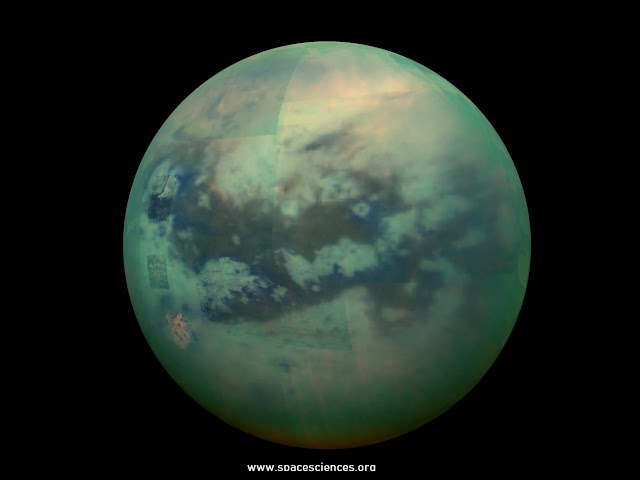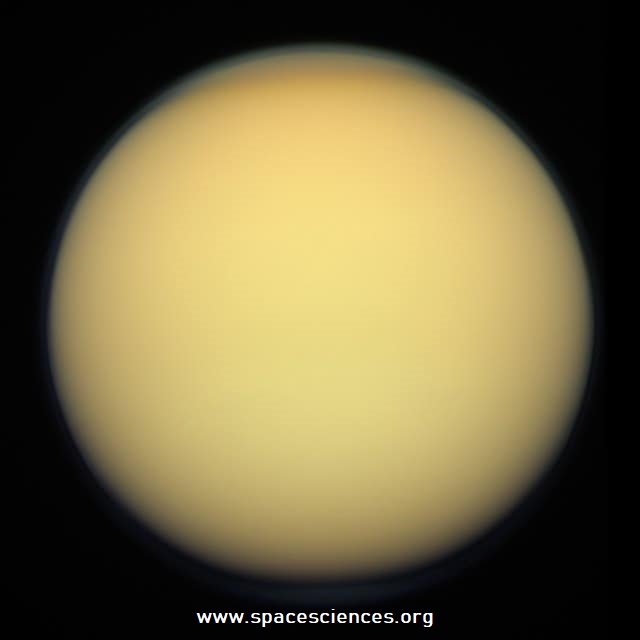Titan's Cloud Shapes Revealed: What It Means for the Search for Life
Titan, the largest moon of Saturn, has always fascinated scientists for its unique characteristics. Apart from Earth, Titan is the only place in the solar system that has a thick atmosphere and liquid oceans. The search for life on Titan has been a prime focus for scientists, and recent observations have shed light on its weather patterns.
The James Webb Telescope and the W. M. Keck Observatory in Hawaii have taken pictures of Titan, revealing the shapes of floating clouds in its skies. The images will help scientists understand Titan's weather patterns and the circulation of air on this cold moon. The recent observations have revealed that the clouds not only change shapes but may also move, indicating a complex atmospheric system.
Experts are excited about the new data and are eager to learn more about Titan's unique environment. NASA has planned the Dragonfly mission to Titan in 2025, which will send flying drones to explore the surface of this moon. The mission will provide close inspection and further insights into Titan's environment, and may even reveal the presence of life.
Apart from its unique environment, Titan also has a close relationship with its parent planet, Saturn. Titan is tidally locked to Saturn, like Earth's moon, and completes one cycle around the planet in 15 days and 22 hours according to Earth time. Saturn itself is a gas giant and has the largest and most beautiful rings in the solar system.
The recent observations of Titan's cloud shapes have added another layer of complexity to the search for life on this moon. With further exploration and analysis, scientists may be able to unlock the secrets of this fascinating moon and uncover the possibility of extraterrestrial life.
In conclusion, the recent observations of Titan's cloud shapes have provided new insights into its atmospheric system and weather patterns. These discoveries have further fueled the search for life on this unique moon. With the upcoming Dragonfly mission in 2025, scientists will have a chance to explore the surface of Titan and uncover more secrets of its environment. Titan's relationship with Saturn, its gas giant parent planet, adds to the complexity of its study. Overall, the study of Titan offers exciting opportunities for scientific discovery and understanding of our solar system.
Return of the Orion spacecraft
Difference between star and planet!!







0 Comments
Please don't enter any spam link in the comment box.